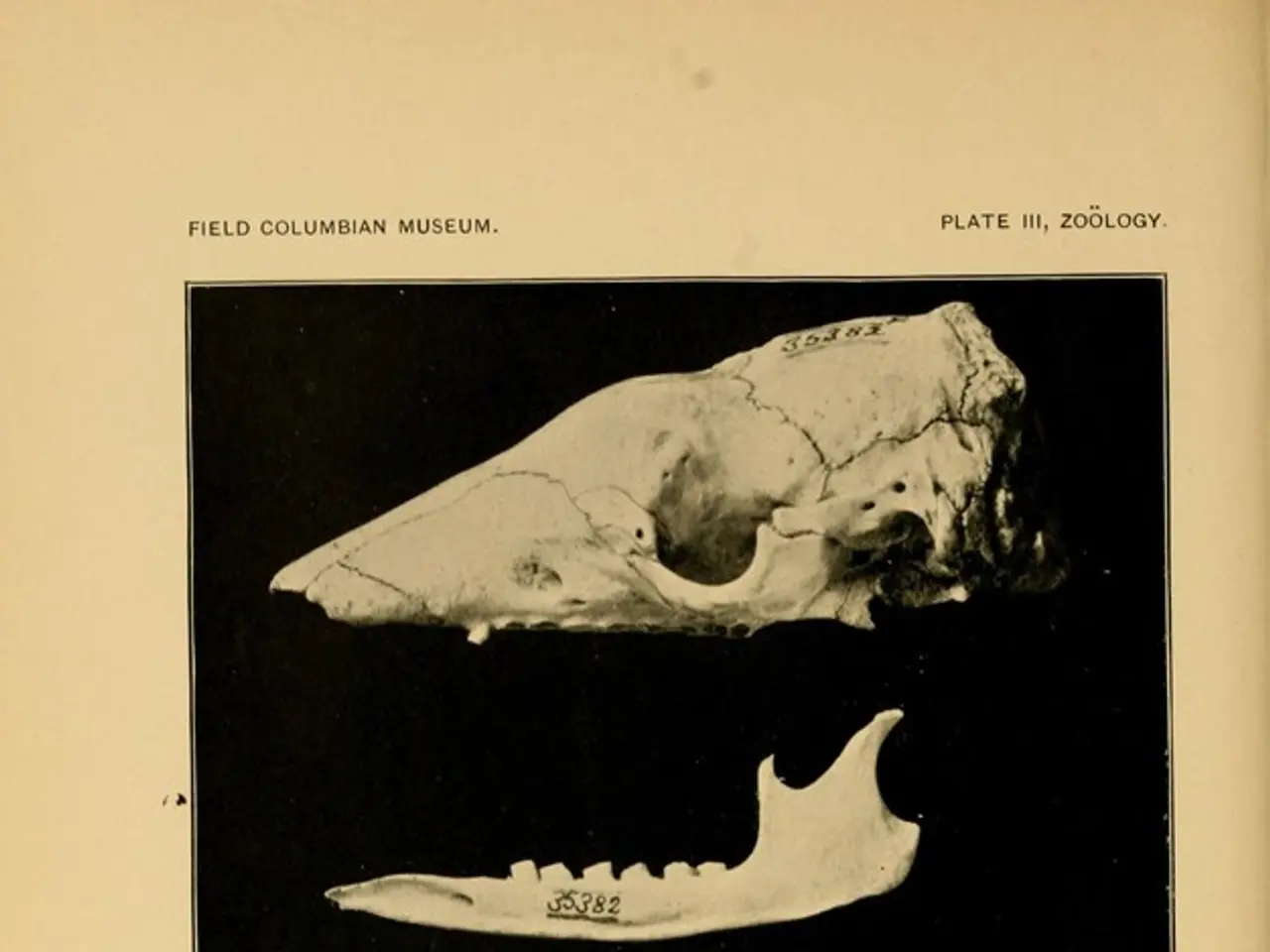Discover the Fascinating World of the Cervical Spine and Its Unique Vertebrae
The human spine, a crucial component of our skeleton, is made up of 33 individual bones called vertebrae. These vertebrae, stacked one on top of the other, form the vertebral column. Each section of the spine has a unique role, with the cervical vertebrae, closest to the skull, being particularly interesting. Let's delve into the specifics of these bones and their functions.
The cervical spine, consisting of seven vertebrae, is responsible for supporting the weight of the head and allowing for its wide range of motion. The first two cervical vertebrae, the atlas (C1) and the axis (C2), have unique names and structures. The third cervical vertebra, however, is simply referred to as the C3 vertebra, lacking a distinct moniker. Despite this, it plays a vital role in supporting the head and facilitating movement.
The vertebrae, in general, serve as the anchor for the ribs and protect the spinal cord, the body's primary communication pathway between the brain and the rest of the body. They are divided into five sections: cervical, thoracic, lumbar, sacral, and coccygeal. The lumbar vertebrae, among the largest, bear much of the body's weight, while the sacral section consists of the sacrum, made up of five fused vertebrae. The coccygeal section, at the base of the spine, comprises the coccyx, made up of three to five fused vertebrae. Each vertebra houses the spinal cord within its central cavity, the vertebral foramen, and is cushioned by cartilage discs that provide flexibility and shock absorption.
The human spine, with its 33 vertebrae, is a marvel of engineering, designed to support our bodies, protect our spinal cord, and facilitate movement. Each section of the spine, from the cervical to the coccygeal, plays a crucial role in maintaining our overall health and well-being.




